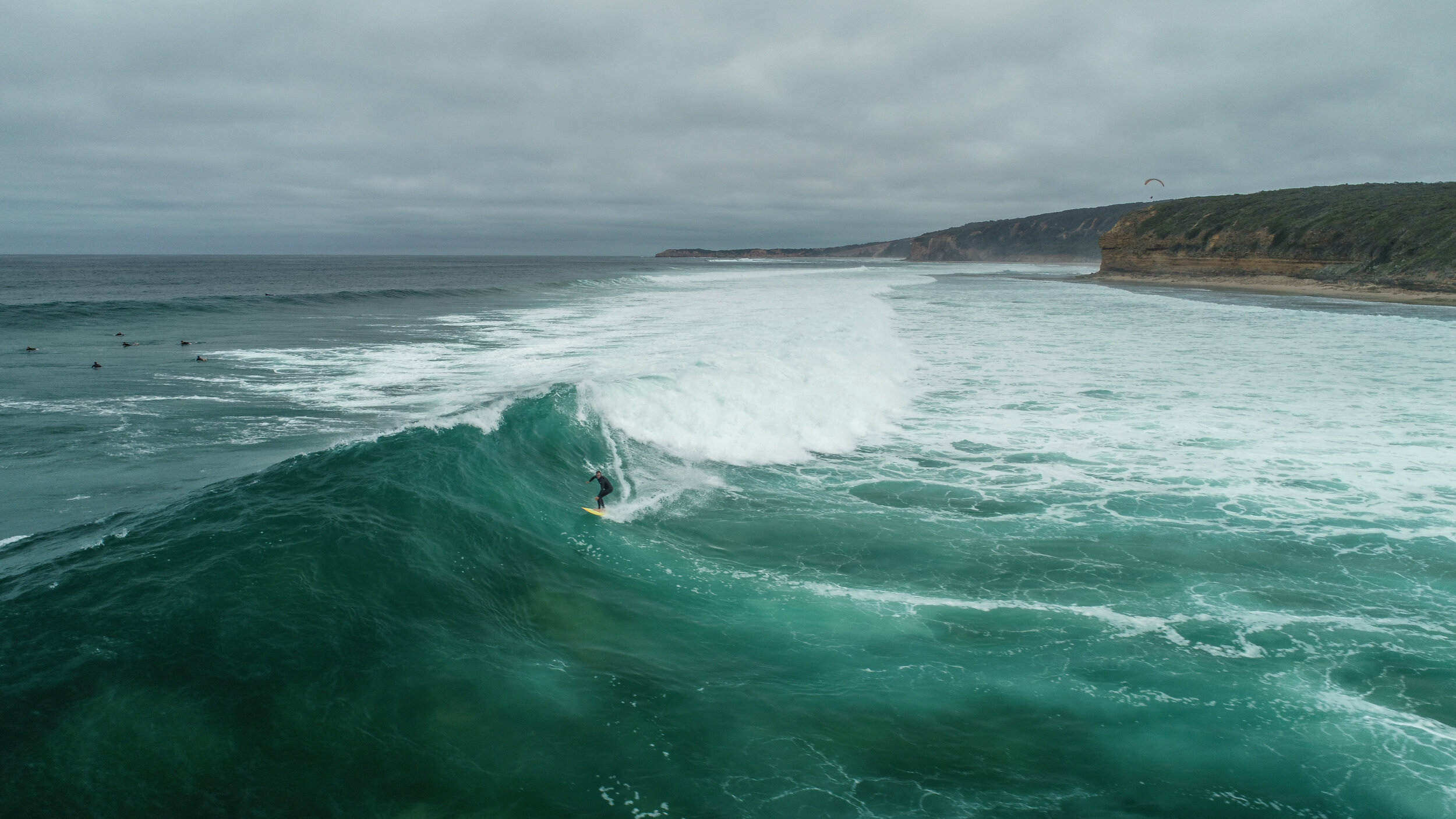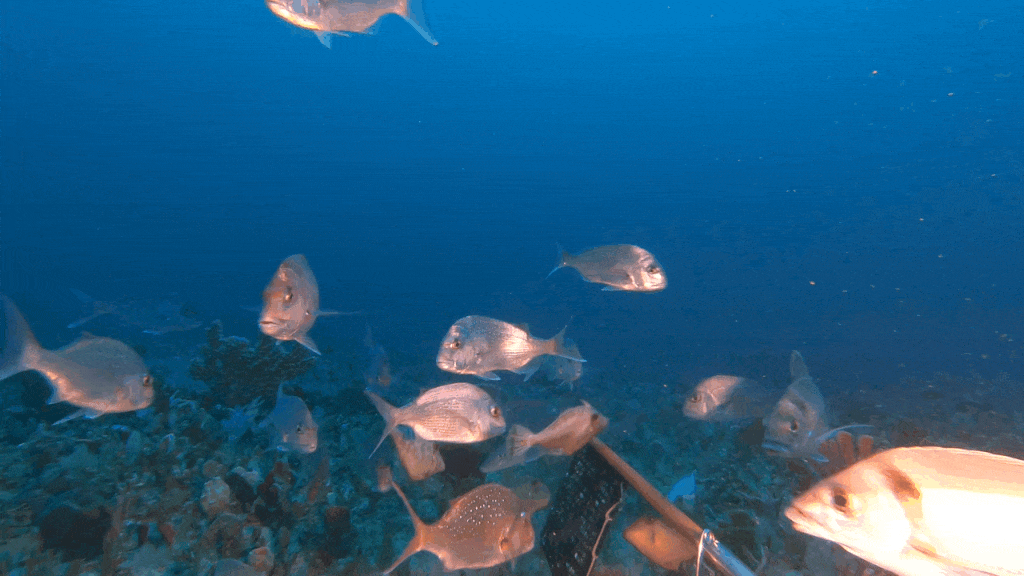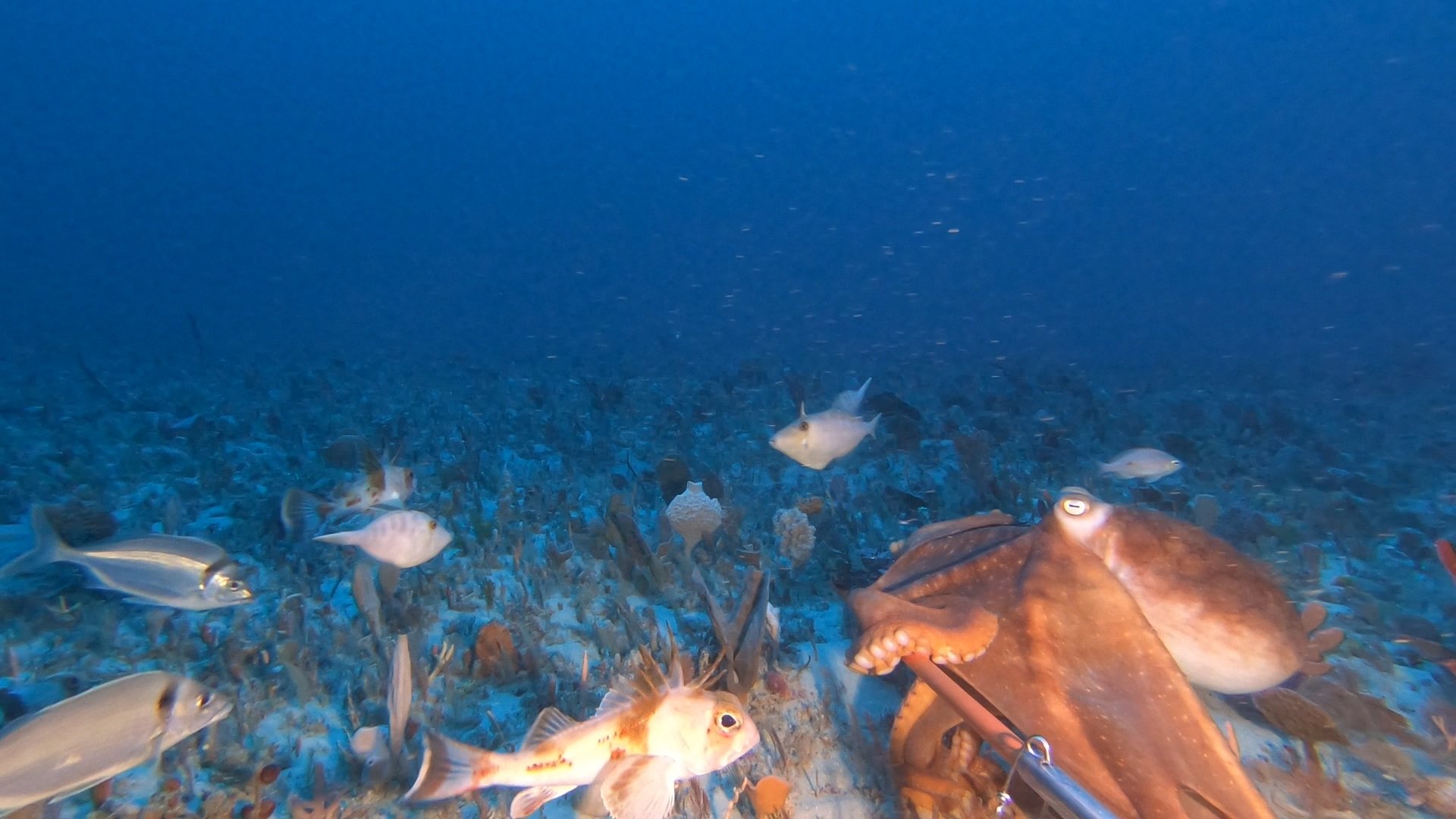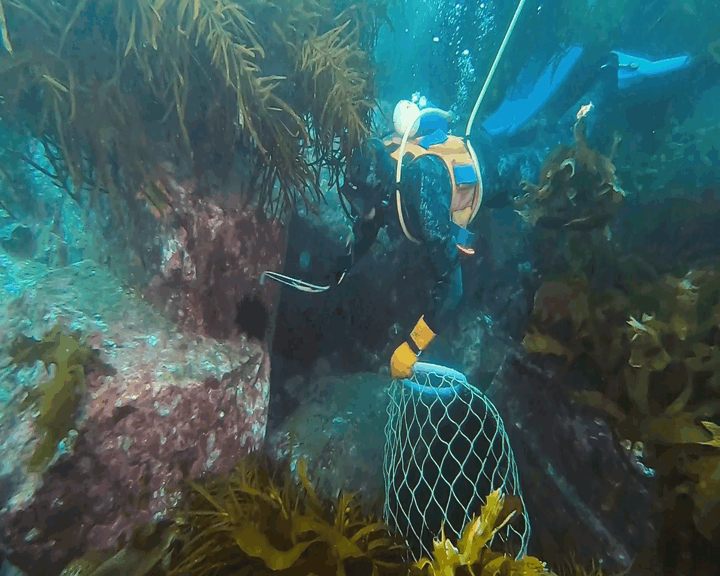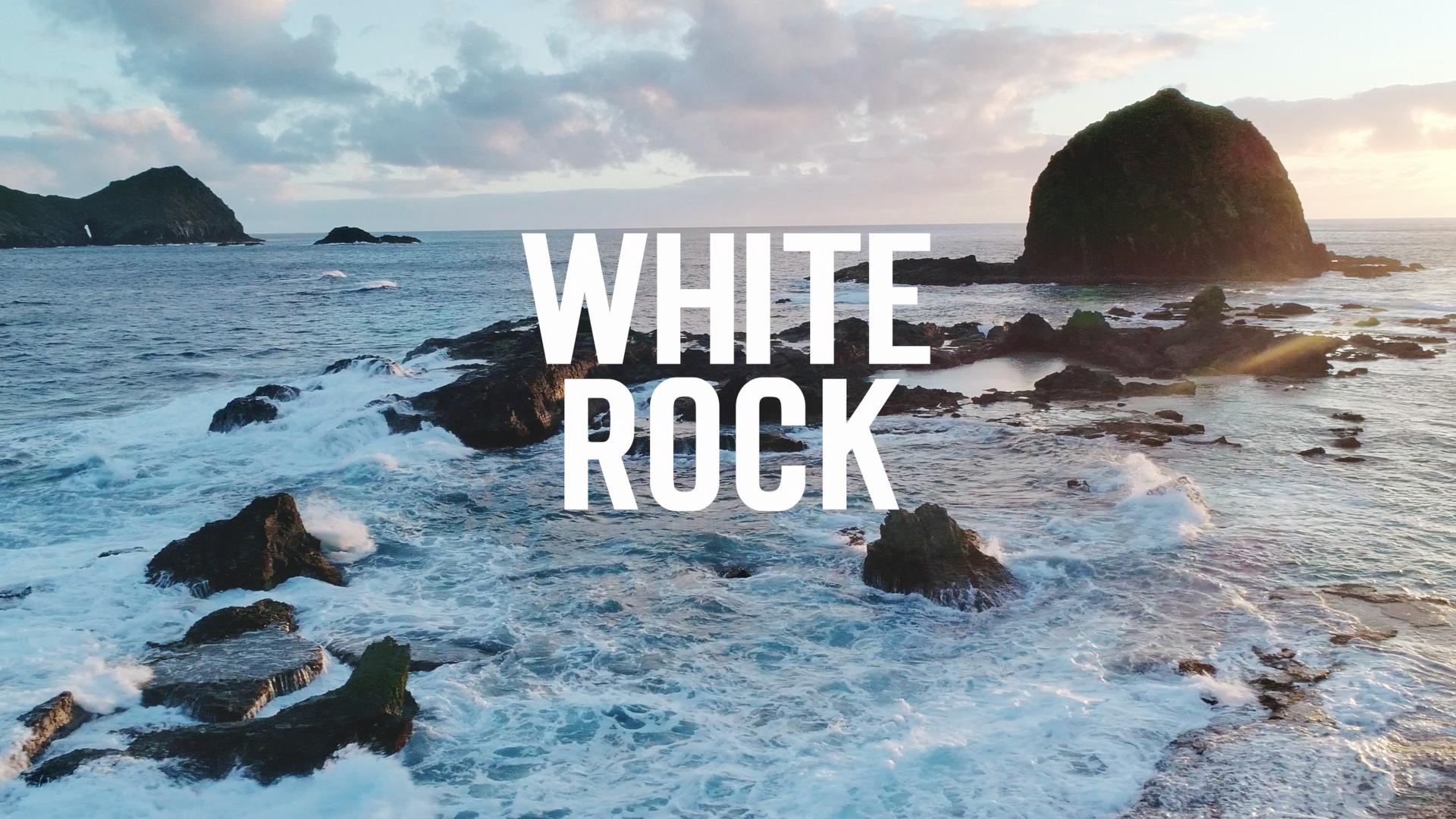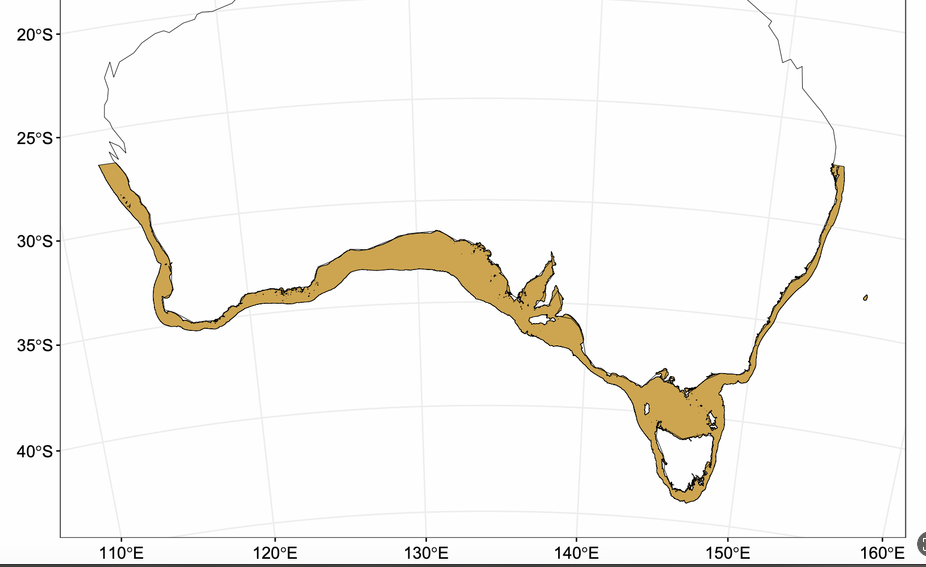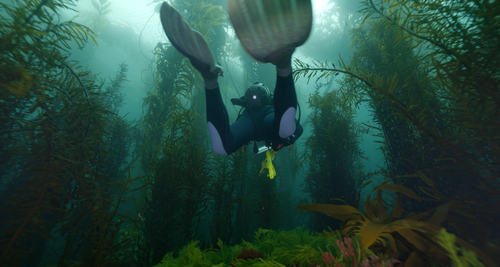Resilience & Recovery
Reef Monitoring insights from Discovery Bay, Victoria
The Discovery Bay Marine National Park, located in the far west of Victoria near Nelson’s picturesque Glenelg River and its limestone gorges, offers a glimpse into the unique biodiversity of the Great Southern Reef.
Covering 2,830 hectares—roughly the size of 20 Melbourne Cricket Grounds —this park encompasses a diverse range of marine habitats, from kelp-dominated shallow reefs to deep sponge and bryozoan-covered seascapes.
Recently, Parks Victoria and Deakin University published an integrated monitoring report offering an in-depth analysis of the park’s ecological health, emerging threats, and priorities for future conservation efforts.
Baited Cameras & Autonomous Underwater Vehicles
Baited Remote Underwater Video Stations (BRUVS) have been central to the research, providing an innovative and non-invasive way to document marine biodiversity. By deploying baited cameras at various depths, researchers captured footage of marine life, offering valuable insights into species richness and habitat use across the park.
Autonomous Underwater Vehicles (AUVs) were also deployed to map and survey marine habitats. They provided high-resolution imagery and data on benthic habitats, including sponge and bryozoan communities, contributing to the broader understanding of habitat conditions and biodiversity within the park.
The study found that deeper reefs housed more diverse species compared to shallower zones or soft sediment areas.
For instance, fish like the Blue-Throat Wrasse, Rosy Wrasse, and Snapper were frequently observed in these deeper, protected areas.
Reef Neighbours: Fish Seeking Structure
Proximity to the reef also played a significant role in fish abundance; for example, Snapper tend to congregate near reef structures that provide shelter and feeding opportunities. Reef structures also act as hubs for nutrient cycling, attracting smaller prey species that form the base of the food web. Additionally, these environments facilitate spawning and nursery grounds for many fish species, further enhancing their ecological importance.
Lobster Populations Thrive Inside the Park
A key component of the monitoring program was a fisheries-independent survey of Southern Rock Lobsters, conducted using baited traps placed in both protected and unprotected areas. These traps were strategically deployed to sample a range of depths and habitats, allowing researchers to assess lobster abundance, size distribution, and habitat preferences. The bait, often consisting of fish frames, was chosen to attract lobsters effectively while minimising bycatch. This method allowed researchers to measure and compare lobster populations without relying on commercial fishing data.
The results were striking—lobsters within the no-take zones of the marine park were significantly larger and more numerous, with nearly five times the biomass of those in unprotected areas.
As a keystone species, Southern Rock Lobsters play a vital role in maintaining reef health by preying on sea urchins, which can overgraze kelp forests if left unchecked. This finding underscores the importance of marine protected areas in preserving lobster populations and supporting broader ecosystem balance.
The Role of Long-Term Monitoring
Long-term monitoring is essential for tracking changes over time and evaluating the effectiveness of marine protected areas (MPAs) like Discovery Bay Marine National Park. By repeatedly collecting and analysing data across years, researchers can build a detailed understanding of trends and patterns in marine biodiversity. This method enables comparisons of recent findings with earlier surveys, like those conducted in 2012.
This data is invaluable for more than just identifying changes. It provides a foundation for assessing the effectiveness of conservation measures, such as no-take zones, by revealing how these protections influence species populations and habitat health over time. For example, the marked recovery of Southern Rock Lobster populations within the park highlights the success of these strategies compared to adjacent unprotected areas. Additionally, these insights help researchers anticipate emerging threats and refine conservation priorities to meet new challenges, such as ocean warming and altered current patterns.
By consistently monitoring biodiversity, species richness, and habitat conditions, this approach also supports predictive modelling, allowing scientists to forecast how ecosystems might respond to future pressures. This foresight is critical for proactive conservation planning, ensuring that management strategies remain evidence-based, adaptable, and effective in preserving Discovery Bay’s unique marine habitats for generations to come.
Leveraging the Data for Action
The integrated monitoring program at Discovery Bay exemplifies how advanced technologies like BRUVS and AUVs can enhance our understanding of marine ecosystems and help inform targeted conservation strategies. For example, the identification of deeper reef refugia highlights the importance of focusing conservation efforts on these resilient areas as the impacts of climate change intensify. The report also recommends prioritising actions such as reducing localised pressures, including fishing impacts, and improving the management of key habitats to maintain biodiversity.
This research underscores the value of long-term monitoring in guiding adaptive management strategies, as outlined in the recommendations. Actions such as targeting management in areas with high biodiversity, maintaining no-take zones, and reducing potential threats like invasive species align with the data-driven approach at Discovery Bay. These efforts contribute to enhancing the resilience of the park while contributing to the broader ecosystem health of the Great Southern Reef.
Grounded in robust data and enhanced by collaboration between science, policy, and community engagement, the Discovery Bay monitoring program sets a forward-looking example of how targeted, evidence-based action can address the challenges facing marine environments.
you may also like:
